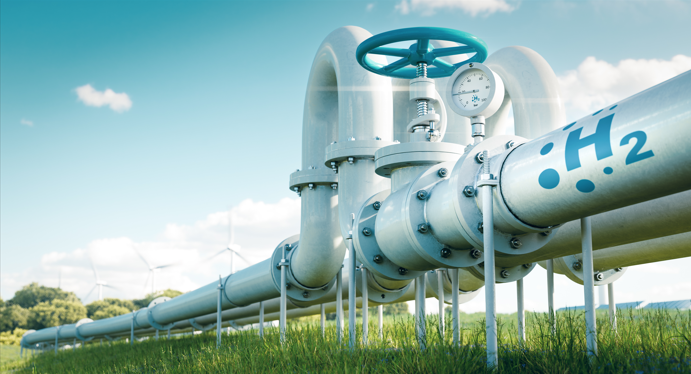Focus on feasibility and investment security
GCA welcomes the regulatory developments towards hydrogen, but emphasises the need to build on existing institutional and technical structures. Setting up a parallel, completely new system would cause unnecessary risks and additional costs. The hydrogen market should not be viewed in isolation, but should be developed taking into account the existing energy infrastructure and the resulting synergies.
Key proposals in the statement at a glance:
- Use of established gas market structures: The roles, processes and systems of the natural gas market should be transferred to hydrogen with a sense of proportion – especially in the areas of balancing, network access and nomination.
- Financing model with government backing: GCA proposes an ‘H2 ramp-up account’ for the development of the initial network – a temporary instrument with a government guarantee that provides network operators with investment security and is also budget-friendly.
- Simple access regulations at the outset: In the start-up phase, capacities should be allocated according to the proven ‘first come, first served’ principle – without complex auction systems.
- Technical and legal clarity: Terms such as ‘H2 cluster’ or ‘H2 market area’ must be clearly defined to ensure planning security for operators and investors.
- Pragmatic data and transparency requirements: GCA advocates uniform data formats, but warns against prematurely establishing central IT infrastructures that will no longer be needed later on.
Clear goal: A stable, growth-oriented hydrogen market
GCA's proposals focus on efficiency, predictability and a gradual ramp-up with a sense of proportion. Through the targeted integration of hydrogen into existing systems, Austria can establish a stable and competitive hydrogen market – in the interests of security of supply, climate targets and location attractiveness.

